Daily designer news |
- Softies advertising campaign
- Bigger, faster stronger: managing more efficient redesigns
- Featured illustrator: Anjo Bolarda
| Posted: 03 Jun 2013 03:31 PM PDT
Simple and awesome ads by Darryn Rogers, some caricatures of movies tough guys to illustrate that Softies softens enven the toughest.
|
| Bigger, faster stronger: managing more efficient redesigns Posted: 03 Jun 2013 03:30 PM PDT In the fast-paced world of web design, you can no longer settle on a single creative idea and carry out an entire web project based on that one premise. The key to becoming a successful web designer is being able to adapt and quickly change your projects based on shifting requirements and continuous client feedback. While this may seem like an inefficient process, it actually allows you to work more effectively and achieve a more impressive and satisfying result from your design time. Here’s how to manage your redesigns more efficiently. Test OftenIn order to prevent the need to backtrack at the end of a project to work out any bugs, it’s extremely important to test your site’s functionality often. This means you test as you work – not just when you’re finished. One way to do this is to borrow from a software development practice called continuous integration. This method is based on the frequent integration of development team members’ work – at least once a day – to avoid integration problems. Each integration is then verified and tested by automation, and any issues can be quickly discovered and fixed so they can continue working. This concept can be applied to your web design work. Especially in the development stage of your process, you should test the functionality of each addition you make. This includes interactive elements, links and browser compatibility. If you run into any problems, you can make fixing them part of your workflow. This makes your work much more efficient than reaching the end of a project and moving backward to find bugs in your site’s functionality.
Be AgileIt’s a designer’s nightmare to finish a web project, only to have the client decide they want a major overhaul of the whole design (although, you should have contracts in place to prevent this). But another way to avoid this misunderstanding and also to promote a positive communication system is to adopt the Agile method. This is a type of project management that uses a cyclical approach to moving forward in a project. It helps web designers react quickly and positively to changing trends and ideas. Progress is made in increments, so that every area of the project can be re-evaluated at regular intervals. This allows time for necessary changes to be made in a much more manageable way. Include your clients in this process to create an ongoing discussion and correspondence with them. For example, at each increment you can allow them to review your work. Tip: Use some free stock photography as placeholders for final images so they can visualize the design in your mockups. Rather than gaining their feedback on technical details, ask them questions like, “Do you feel that the website is headed in a direction that will meet your overall goal?” and, “Are there any problems at this point that you’d like to be solved?” This will make your client feel that their needs are being met, and any changes they ask for will be more easily met. It will also prevent any major changes being requested at the very end of the project. Agile is a great way to enhance the way you use your design time. Making alterations or changing directions becomes a natural part of your process, rather than a speed bump that slows you down – ultimately allowing you to move forward quickly and efficiently.
Tips for ProductivityEven during dips in creativity, there are ways to optimize your productivity. Cut your hours Work during your peak productivity times Always be ready for inspiration Standardize your process
|
| Featured illustrator: Anjo Bolarda Posted: 03 Jun 2013 03:27 PM PDT
Anjo Bolarda, an artist and illustrator from the Philippines, create intricate illustrations that often have a nice Japanese-style touch.
|
| You are subscribed to email updates from Design daily news To stop receiving these emails, you may unsubscribe now. | Email delivery powered by Google |
| Google Inc., 20 West Kinzie, Chicago IL USA 60610 | |

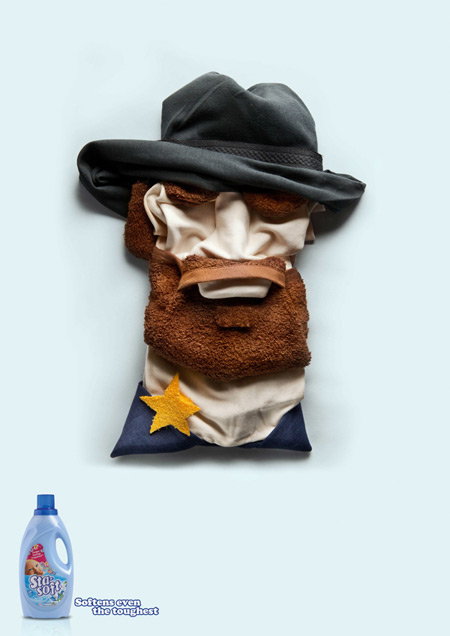
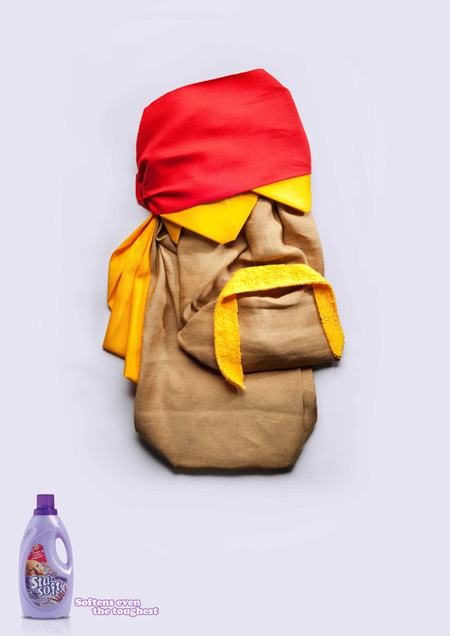
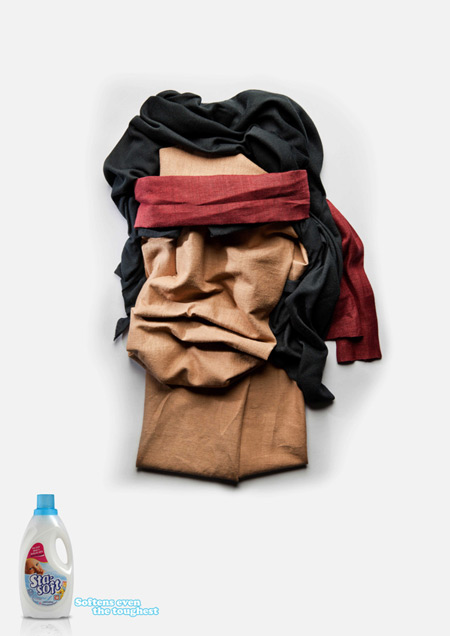


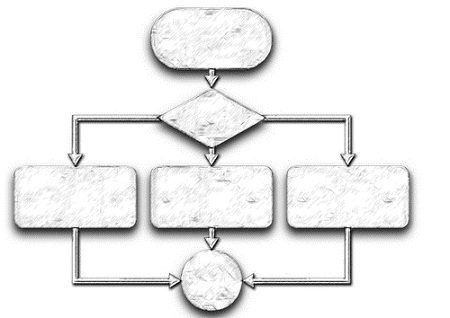
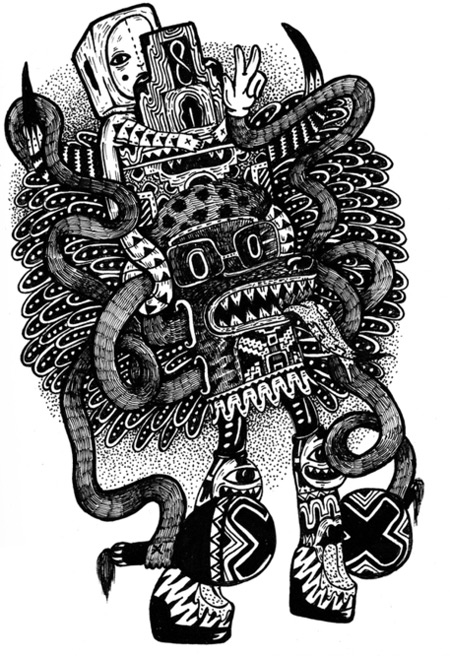
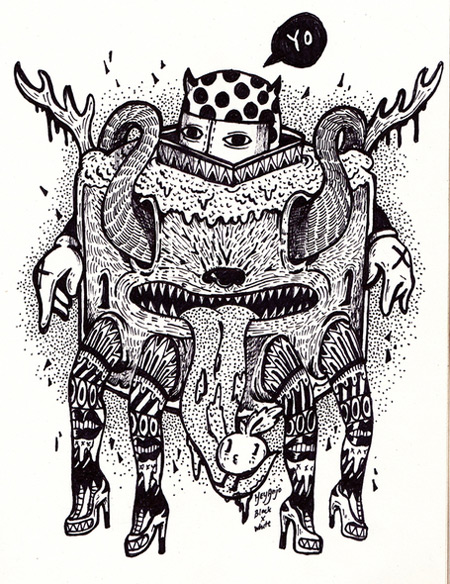
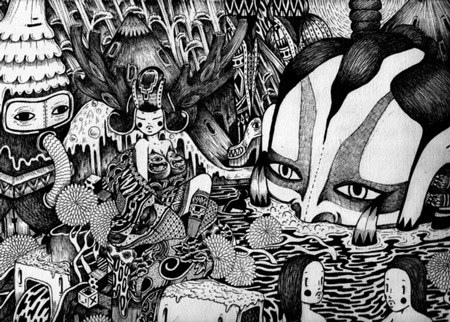
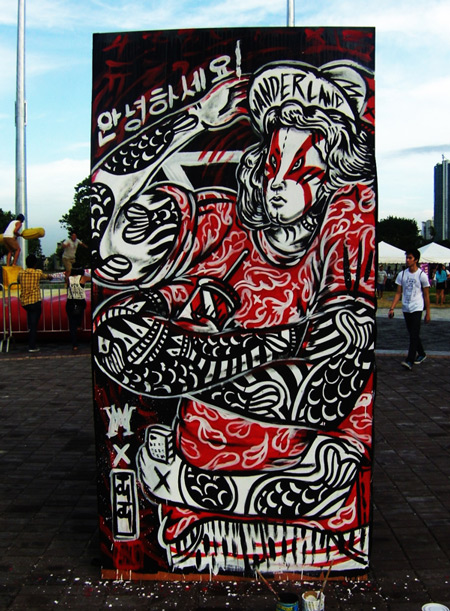
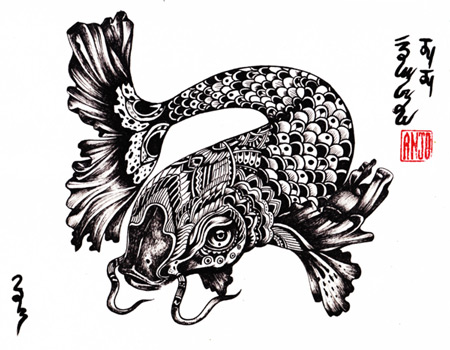
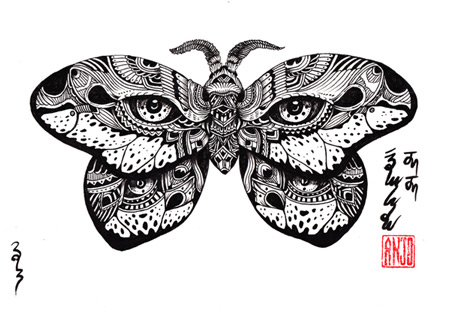
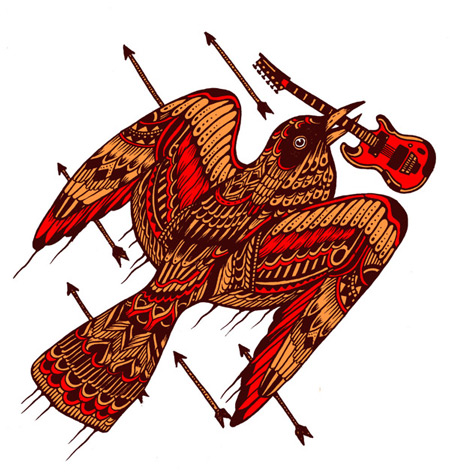

No comments:
Post a Comment